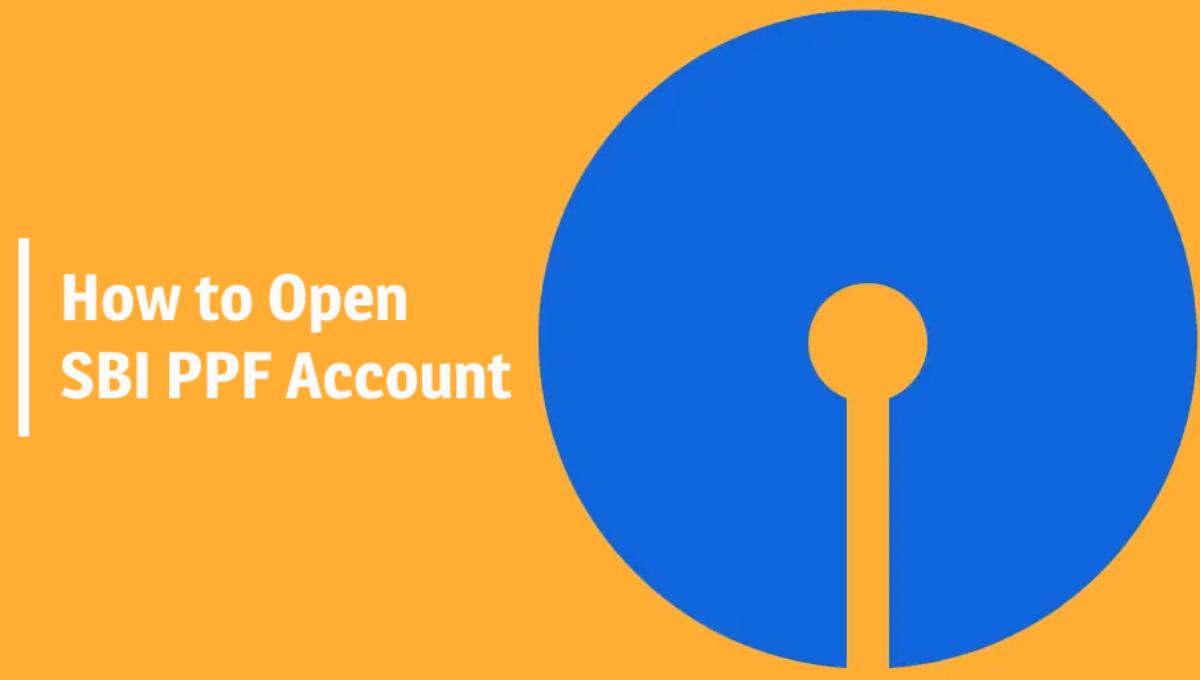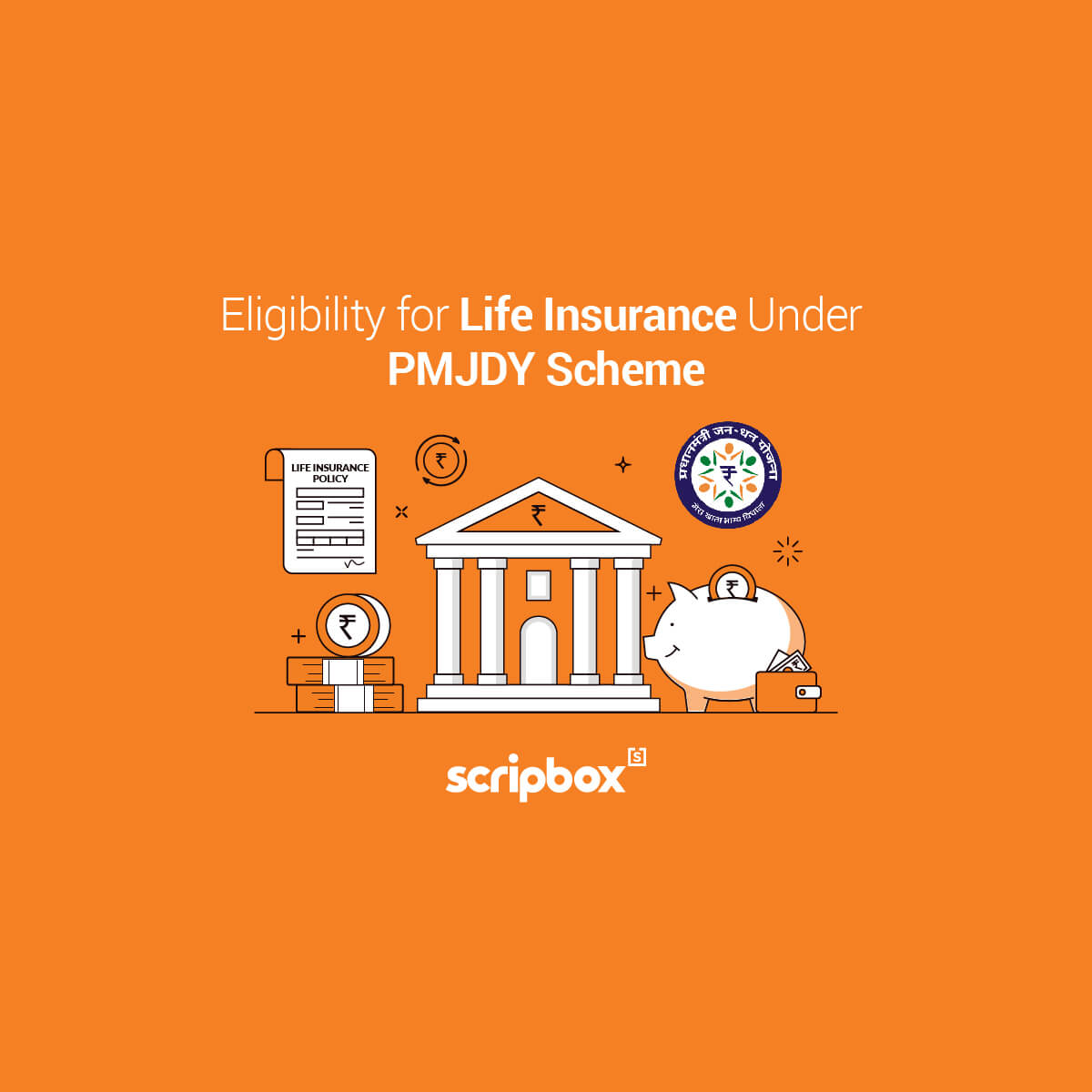What is PMAYG?
The development of rural India is equally important for the progress of the nation. Unavailability of resources and poverty has in fact forced people in these areas to live in unhygienic conditions. Enhancing the quality of life in rural India became one of the top national priorities. As a result, PMAYG a developmental initiative has been taken by the government. It is expected to resolve the issue by eventually providing decent dwellings to families.
The public housing program was an earlier initiative to facilitate the rehabilitation of refugees after independence. Soon after urbanization gained momentum, the Indian government shifted focus to rural development to alleviate poverty. Subsequently, Indira Awaas Yojana (IAY) was introduced as a dedicated Rural housing program. It started in January 1996 and then continued to provide houses to those below the poverty line. Later, an Audit was conducted by the Comptroller and Auditor General (CAG) of India in 2014 to evaluate the performance of the scheme. The evaluation report identified some gaps in the process during the implementation of the scheme. In the final analysis, they found a lack of transparency and technical supervision had hampered the impartial delivery of benefits of IAY.
The government of India then reworked Indira Awaas Yojana to address these gaps. The Pradhan Mantri Awaas Yojana – Gramin (PMAYG) was then launched on 1st April 2016. It is a rural housing scheme aimed at providing “Housing for All’’ by the year 2022. Households earlier living in ‘Kutcha’ houses, with temporary walls and roof, are being provided with a ‘Pucca’ house. Each house under the scheme is equipped with basic amenities and hygienic cooking spaces. PMAYG is a social welfare scheme designed to consequently uplift the living standards of citizens of rural India.
Features of PMAYG Pradhan Mantri Awaas Yojana Gramin
PMAYG provides financial assistance for improving housing infrastructure in rural areas. It further provides access to reliable housing facilities to the economically marginalized communities of India. The salient features of PMAYG are:
- Families earlier living in kutcha/ dilapidated houses will now be provided permanent dwellings.
- The minimum size of the permanent house built under PMAYG is 25 square meters currently. It additionally includes a hygienic kitchen. The earlier size of the house was 20 square meters only under IAY.
- The unit assistance under PMYAG is Rs. 1.20 lakh for building houses during construction in non-hilly areas. It is Rs. 1.30 lakh for houses in hilly/ difficult areas and districts under Integrated Action Plan (IAP). The earlier amount was Rs. 70,000 and Rs. 75,000 respectively under IAY.
- The total costs of housing benefits will be divided among the Central and State Governments in a ratio of 60:40 in non-hilly regions and 90:10 in states with hilly regions. All constructions in Union Territories will be funded by the Central Government only.
- All non-permanent dwellings and kutcha houses to be replaced. Subsequently, an estimated total of 2.95 crore permanent houses to be constructed by March 2022.
- The eligibility of beneficiaries will be established based on the social indicator data. It was determined earlier through the Socio-Economic and Caste Census (SECC) in 2011.
- Unlike, earlier scheme all data verification will be done through respective Gram Sabhas on the official government website. This will help speed up the process and maintain transparency.
- Payments will be made under Direct Benefit Transfer (DTB) mechanism. Unlike, earlier beneficiaries will receive payments directly into their bank accounts after Aadhar verification.
- All beneficiaries are eligible for a loan amounting to Rs. 70,000. The loan is offered at subsidized interest rates which are 3% lower compared to regular interest rates.
Other Schemes applicable to PMAYG beneficiaries
The assistance for comprehensive construction is subsequently provided under various other Government programs. Beneficiaries are eligible for benefits under different Government programs such as:
- Beneficiary gets Rs. 90.95 per day of unskilled labor according to MGNREGA
- Financial assistance up to Rs. 12,000 is provided in addition to the loan amount. It is done to consequently promote the construction of toilets under Swachh Bharat Mission-Gramin (SBM-G)
- Piped drinking water through the Jal Shakti Mission
- Electricity connection in accordance with Pradhan Mantri Sahaj Bijli Har Ghar Yojana
- LPG gas connection under the Ujjwala Yojana.
Eligibility for Pradhan Mantri Awaas Yojana Gramin
The eligibility for PMAYG is based on the status of the household under the social criteria of SECC. Beneficiaries can be:
- Homeless as well as landless families.
- Households living in either one or two-roomed Kutcha/ non-concrete/ temporary houses.
- Members of a household who have been specifically engaged in casual labor as their only source of income.
- Households with no member having a permanent job.
- Families that do not have even one literate male member aged above 25 years.
- Households not having even one member between ages 15 to 59 years.
- Families with at least one disabled member.
- Family belonging to the minorities category and Scheduled Castes or Tribes (SC/ST) are also included in this scheme.
Who is not eligible for PMAYG?
Those not eligible for benefits of PMAYG are:
- Families owning at least one among a motorized 2/ 3/ 4 wheeler, mechanized agricultural equipment, or a fishing boat.
- Families with at least one member earning more than Rs. 10,000 through a fixed source of income.
- Households with at least one member employed in a Government department.
- Households possessing a Kisan Credit Card as well as availing a credit limit of Rs. 50,000.
- Households with at least one income tax or professional tax-paying member.
How to apply for Pradhan Mantri Awaas Yojana Gramin?
PMAY-G selects beneficiaries from the Census 2011 (SECC 2011) database. Applicants should be listed in either the EWS, LIG or BPL category to avail of the benefits of PMAYG. Consequently, only households with an annual income of Rs. 3 to 6 lakhs will be considered qualified for the scheme. Eligible beneficiaries can apply for the scheme through an offline or online application.
Steps for online application for PMAYG are-
1. Firstly, visit the website of Pradhan Mantri Gramin Awaas Yojana
2. Secondly, click on Data Entry under the Awaassoft tab on the PMAYG homepage.
3. Thirdly, on the PMAYG Rural online application login page select the application section.
4. Fourthly, register the user name as per panchayat and block level records and generate a password.
5. Lastly, Submit PMAYG online application and bank account details. Once you verify the residence address and photo of the beneficiary. The acceptance letter is available for download. Next prepare the order sheet.
How to check the PMAYG list?
Government releases a list of beneficiaries each year. The selection is made specifically on the basis of SECC 2011. To check your name on the PMAYG list you must follow the following steps:
1. Firstly, visit the PMAYG official page for beneficiaries.
2. Secondly, submit your registration number to check eligibility.
Beneficiary List for PMAY-G
The recent annual beneficiary list of 2020-2021 is available on the government portal as of 23 May 2021. It displays the recently updated state-wise details of the number of houses completed in a financial year.
| SNo | State Name | 2020-2021 |
| Total | 3399919 | |
| 1 | ARUNACHAL PRADESH | 2417 |
| 2 | ASSAM | 130879 |
| 3 | BIHAR | 942626 |
| 4 | CHHATTISGARH | 59685 |
| 5 | GOA | 87 |
| 6 | GUJARAT | 50742 |
| 7 | HARYANA | 1215 |
| 8 | HIMACHAL PRADESH | 605 |
| 9 | JAMMU AND KASHMIR | 21745 |
| 10 | JHARKHAND | 235020 |
| 11 | KERALA | 686 |
| 12 | MADHYA PRADESH | 260967 |
| 13 | MAHARASHTRA | 181766 |
| 14 | MANIPUR | 2379 |
| 15 | MEGHALAYA | 5016 |
| 16 | MIZORAM | 1123 |
| 17 | NAGALAND | 535 |
| 18 | ODISHA | 395110 |
| 19 | PUNJAB | 3908 |
| 20 | RAJASTHAN | 315484 |
| 21 | SIKKIM | 13 |
| 22 | TAMIL NADU | 51868 |
| 23 | TRIPURA | 15462 |
| 24 | UTTAR PRADESH | 38091 |
| 25 | UTTARAKHAND | 19 |
| 26 | WEST BENGAL | 678583 |
| 27 | ANDAMAN AND NICOBAR | 483 |
| 28 | DADRA AND NAGAR HAVELI | 972 |
| 29 | DAMAN AND DIU | 0 |
| 30 | LAKSHADWEEP | 28 |
| 31 | PUDUCHERRY | 0 |
| 32 | ANDHRA PRADESH | 0 |
| 33 | KARNATAKA | 2405 |
| 34 | TELANGANA | 0 |
| Total | 3399919 |
How can I check my PMAYG application status?
The status of your PMAYG application can be checked on the official portal of Pradhan Mantri Awas Yojana Gramin through the following steps:
1. Firstly, visit the PMAYG official website.
2. Secondly, click on FTO Tracking under the Awaassoft tab on the homepage.
3. Thirdly, Submit your Fund Transfer Order (FTO) number or Public Finance Management System (PFMS) Id to check the status of your PMAYG application.
Also read about the Pradhan Mantri Shram Yogi Mandhan
Frequently Asked Questions
Beneficiaries in rural areas can additionally avail of a home loan under the PMAYG scheme. It may amount up to Rs. 70,000. The loan request application may be submitted either online or offline. Offline applications are accepted at both banks listed under the PMAY scheme and Common Service Centre (CSC). You can therefore fill the offline application by visiting them directly in person.
Alternatively, you can also submit online application forms on the official website of Pradhan Mantri Awas Yojana Gramin. Firstly, fill in the required details and then submit. Secondly, download and print the filled application form. Thirdly, submit a copy of the filled application and your supporting documents. Afterward, you can submit the printed application at a CSC Office or bank offering the PMAYG scheme.
Yes, all beneficiaries in rural areas who are currently eligible under the PMAYG scheme can apply for a loan as well.
No, existing loan borrowers are currently not eligible for availing benefits of the PMAYG scheme. Moreover, subsidies or loans under the scheme are available for new borrowers only.
Similar Articles
- What is PMAYG?
- Confused if your portfolio is performing right enough to meet your goals?
- How long have you been investing in mutual funds?
- What is your current portfolio size?
- What is your approximate annual household income?
- Your profile does not qualify for a call with a Financial Expert.
- Features of PMAYG Pradhan Mantri Awaas Yojana Gramin
- Eligibility for Pradhan Mantri Awaas Yojana Gramin
- How to apply for Pradhan Mantri Awaas Yojana Gramin?
- How to check the PMAYG list?
- Beneficiary List for PMAY-G
- How can I check my PMAYG application status?
- Frequently Asked Questions





























Show comments